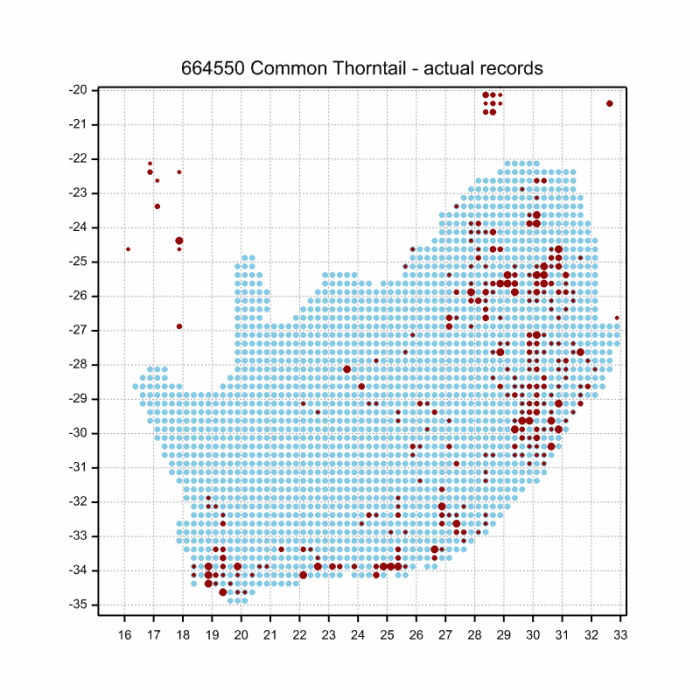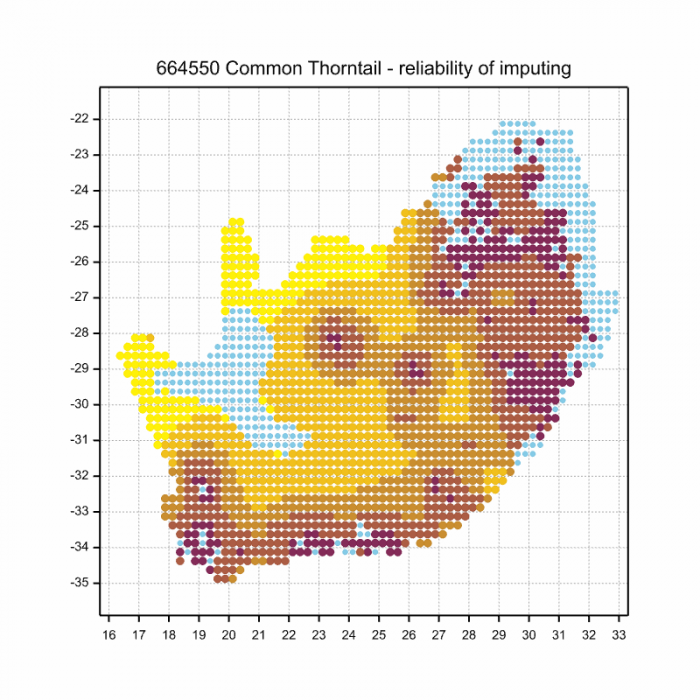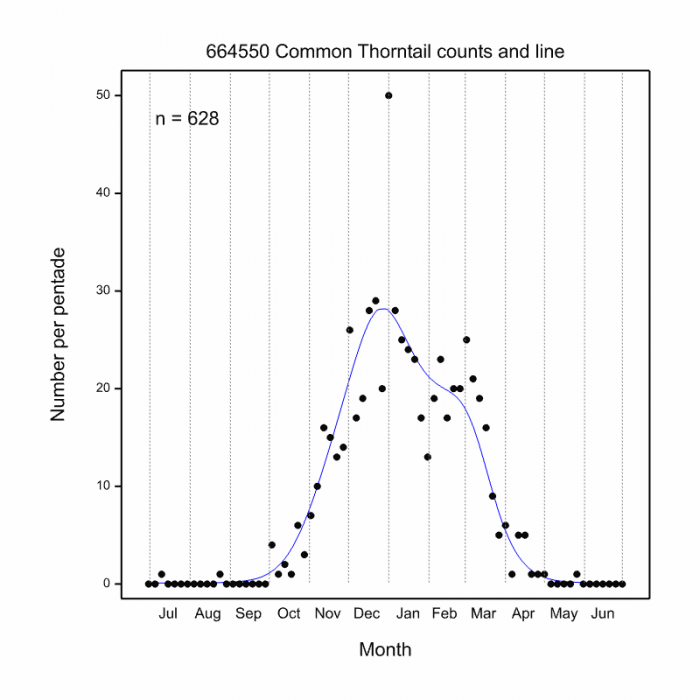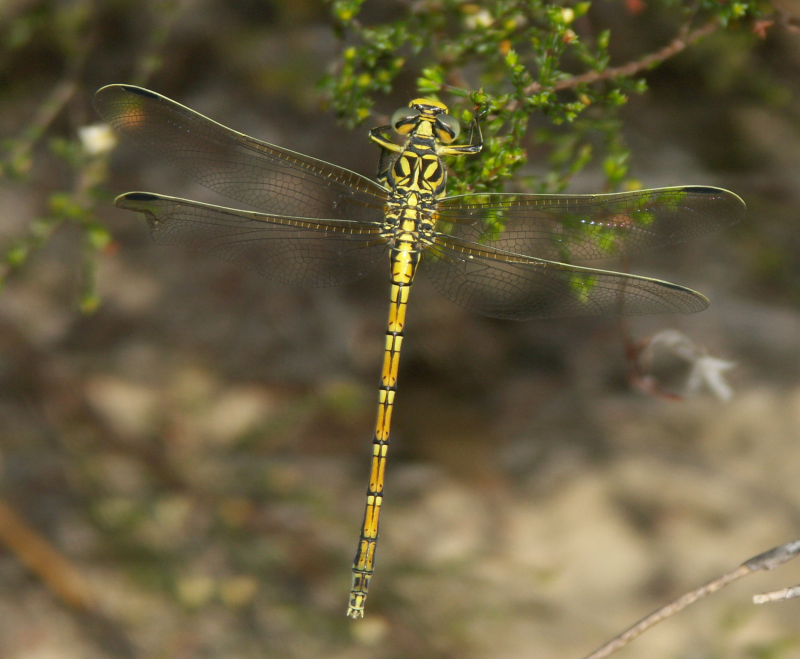View the above photo record (by Chris Willis) in OdonataMAP here.
Find the Common Thorntail in the FBIS database (Freshwater Biodiversity Information System) here.
Family Gomphidae
Ceratogomphus pictus – COMMON THORNTAIL
Identification
Medium-large size
Length up to 53mm; Wingspan attains 69mm.
The sexes are similar but females are more robust and have broader abdomens with smaller foliations.
Most similar to Ceratogomphus triceraticus, but is smaller and paler. Ceratogomphus pictus has thin black edging on the abdomen foliations, compared to the thick black border found on Ceratogomphus triceraticus. In addition C. pictus has a small, thin, forward projecting spine at the top of segment ten. In C. triceraticus this spine is broad.
Click here for more details on identification of the Common Thorntail.

Mkuze River, KwaZulu-Natal
Photo by Ryan Tippett
Inset by Gregg Darling
Habitat
Inhabits both still and running water habitats, including streams, rivers and dams. It prefers open and exposed areas with bare ground and rocks.

Photo by Ryan Tippett
Behaviour
Often perches on bare ground or on rocks close to the water. Sometimes sits on low twigs or bushes near the water. Hunts from a perch and has a fast, powerful flight.
Status and Conservation
Common and widespread. Listed as of Least Concern in the IUCN Red List of Threatened Species. Readily utilises man made habitats like farm dams and is often present at eroded or overgrazed margins of water-bodies.
Distribution
Ceratogomphus pictus is a Southern African species extending from South Africa up through Namibia, Botswana and Zimbabwe to Southern Zambia. It is widespread in South Africa but is mostly absent from the humid lowveld and coastal parts of NE KwaZulu-Natal. It is also absent from most of the Karoo but is present along the middle Orange River.
Below is a map showing the distribution of records for Common Thorntail in the OdonataMAP database as at February 2020.

The next map below is an imputed map, produced by an interpolation algorithm, which attempts to generate a full distribution map from the partial information in the map above. This map will be improved by the submission of records to the OdonataMAP section of the Virtual Museum.


Ultimately, we will produce a series of maps for all the odonata species in the region. The current algorithm is a new algorithm. The objective is mainly to produce “smoothed” maps that could go into a field guide for odonata. This basic version of the algorithm (as mapped above) does not make use of “explanatory variables” (e.g. altitude, terrain roughness, presence of freshwater — we will be producing maps that take these variables into account soon). Currently, it only makes use of the OdonataMAP records for the species being mapped, as well as all the other records of all other species. The basic maps are “optimistic” and will generally show ranges to be larger than what they probably are.
These maps use the data in the OdonataMAP section of the Virtual Museum, and also the database assembled by the previous JRS funded project, which was led by Professor Michael Samways and Dr KD Dijkstra.



